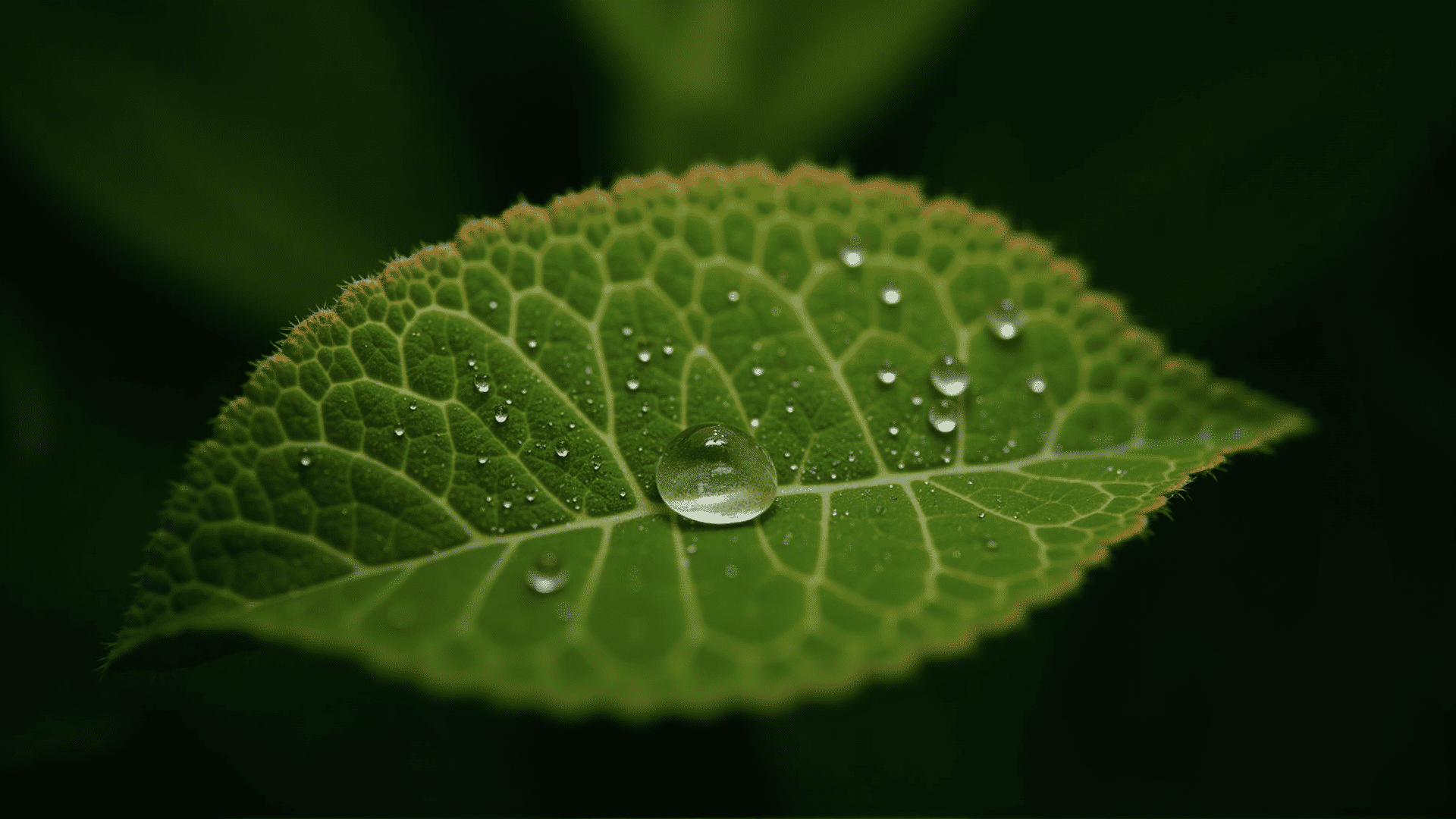In the age of digital saturation, where striking imagery is at every turn, photographers are challenged to find perspectives that stand out and captivate. One approach that never loses its allure is focusing on the intricate textures found in nature. These organic textures not only add depth and dimension to photographs but also invite viewers to look more closely and connect more deeply with the natural world.
Capturing the textures of nature begins with observation. Before even lifting the camera, take a moment to truly see the environment around you. Notice the way the light dances off the surface of a leaf, casting intricate shadows. Examine the rough juxtaposition of tree bark against the softness of moss. Pay attention to the endless patterns formed by sand, stone, or even snow. Taking this time to observe may lead you to discover details that might otherwise be overlooked.
Once you've honed in on these textures, consider your composition. A common mistake is to try to include too much in a single frame. Instead, aim for simplicity. Focus on the details that tell a compelling story. This might mean getting up close to capture the minute intricacies of a fern’s fronds or panning back just enough to see how a field of grass sways like waves in an ocean. Use a macro lens to reveal details that are invisible to the naked eye, turning even the ordinary into something extraordinary.
Lighting plays a crucial role in highlighting texture. The direction, intensity, and quality of light can dramatically alter how textures are perceived. Early morning or late afternoon light casts long shadows that can accentuate the depth and form of natural surfaces, creating a dynamic interplay between light and shadow. Overcast days, on the other hand, provide soft, diffused lighting that reveals a different side of textures, making them appear more subtle and nuanced.
Experiment with perspective and angles to further exaggerate or downplay textures. Shooting from a low angle can make a small object appear grandiose while photographing from above can create a flat, pattern-like effect that emphasizes repetition. Don't be afraid to get your hands a little dirty—sometimes the best textures are not at eye level but are hidden beneath a rock, within a crevice, or just under the surface of a stream.
Post-processing is another tool to enhance the textures in your nature photography. Adjusting the contrast can make textures pop, while tweaking the clarity slider can sharpen the finer details. However, restraint is key, as overprocessing can lead to a loss of the natural beauty that is so appealing in the first place.
Finally, capturing organic textures is not merely about technique or technical prowess. It's about fostering a deeper connection with nature. Spend time walking through forests, along beaches, or in gardens not just as a photographer, but as a participant in the natural world. Let curiosity drive your explorations and allow yourself to be surprised by the unexpected beauty that emerges in the world around you.
Incorporating organic textures into your photography challenges you to slow down and appreciate the minute details of the natural world. It's a practice that not only produces striking images but also enhances your appreciation for the intricate beauty that surrounds us every day. As you venture into this fascinating realm, remember that the most compelling photographs are those that evoke a sense of wonder and invite others to see the world through your eyes, one detailed texture at a time.
